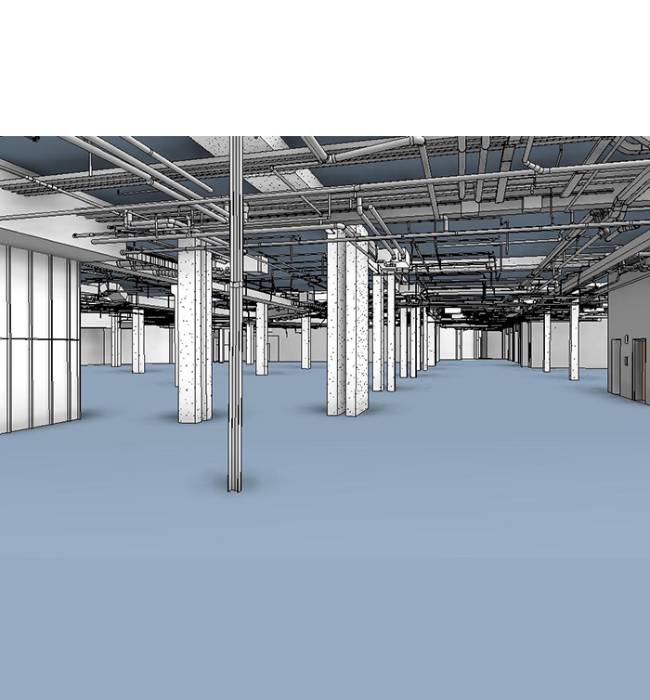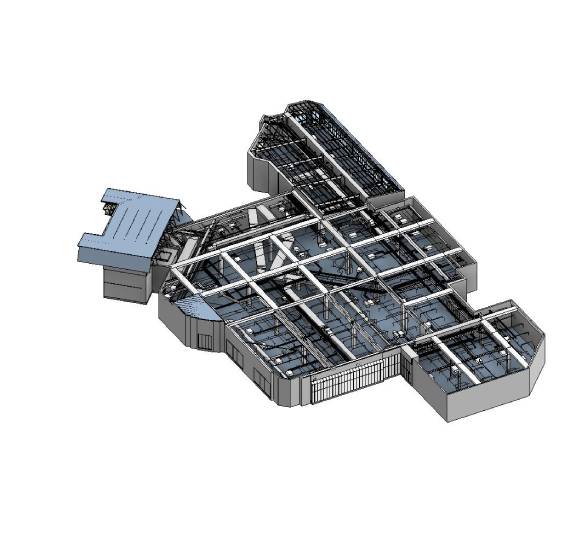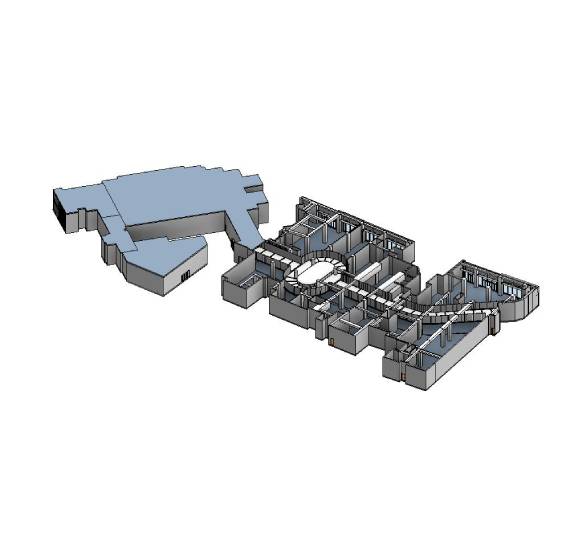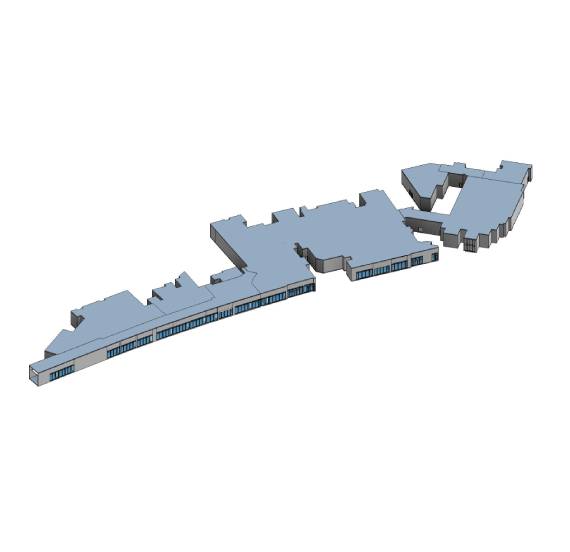BIM LEVEL OF DEVELOPMENT
Level of Development (LOD) is a critical concept in Building Information Modeling (BIM) that defines the level of detail and accuracy of information within a BIM model at various stages of a construction project. LOD is a standardized framework that helps project stakeholders, including architects, engineers, contractors, and owners, understand what to expect from a BIM model at different project phases. This article will delve into LOD 200, LOD 300, LOD 400, and LOD 500, discussing their significance, applications, and differences.
BIM Middle East is a top multidisciplinary Architectural Services Provider in all facets of BIM specialized in Architectural BIM Services. We offer a comprehensive BIM Architectural Services to clients globally. The primary reason for using BIM Services is to create a 3D view with a detailed geometry of the building design before the construction begins and validate the designs for any clashes, interference, etc.
In conclusion
The Level of Development (LOD) framework is a fundamental aspect of Building Information Modeling (BIM) that defines the level of detail and accuracy within a BIM model at various project stages. LOD 200, LOD 300, LOD 400, and LOD 500 each serve distinct purposes and play critical roles in different construction project phases. Properly implementing BIM with the appropriate LOD levels can improve collaboration, cost savings, and long-term facility management benefits.
-
2D CAD
Drafting -
4D & 5D
Quality -
Revit BIM 3D
Modeling



